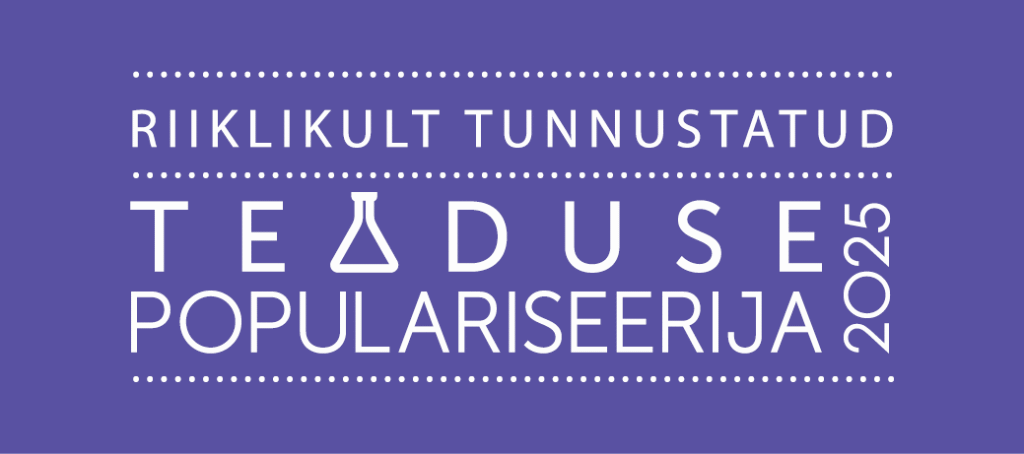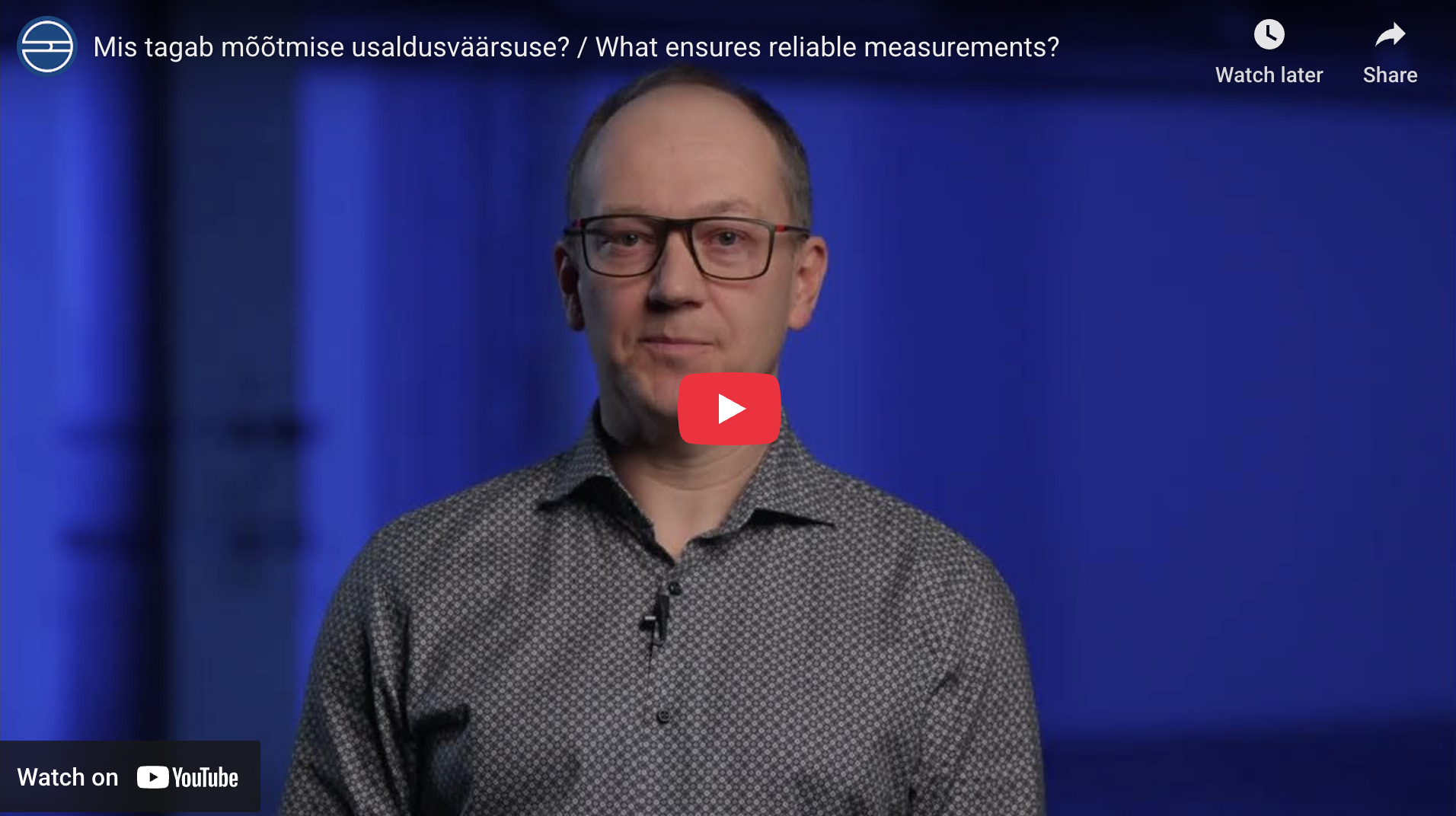In the short series dedicated to the 150th anniversary of the Metre Convention, this episode focuses on what ensures the reliability of measurements. Lauri Lillepea, Head of the Metrology Division at Metrosert, explains why calibration and metrological competence make it possible to trust measurement results — both in everyday life and in business.
According to Lillepea, a reliable measurement result can only be expected when four basic conditions are met: “All parties involved must have a common understanding of the quantity being measured, the measurements must be carried out by competent personnel, an appropriate method must be used, and the measuring instruments must be verified for accuracy.”
At Metrosert, measurement instrument calibration has been carried out for decades. In essence, calibration means checking an instrument by comparing it with one of higher accuracy. “During calibration, we determine the instrument’s indication error — in simple terms, how much the instrument ‘lies’. Based on this information, the owner or user can decide whether the instrument is still fit for use,” Lillepea explained.
Even the best instruments may wear out or malfunction unexpectedly, which is why calibration needs to be repeated periodically. “Metrosert’s calibration activities are internationally recognized through accreditation. This allows both individuals and companies to obtain an independent confirmation of the condition of their measuring instruments,” he emphasized.
“If you want to be sure about the accuracy of your measuring instruments, the simplest approach is to have them calibrated, consult with us about the most suitable measurement methods, and train your staff at Metrosert,” added Lillepea.
In Estonia, information about the organization of measurements and instrument control dates back to the Middle Ages. Each change of power brought new systems and units of measurement; in the mid-19th century, Russian units were adopted. In 1919, Estonia established its first national metrology institution — the Chamber of Weights and Measures — which laid the foundation for instrument control and the harmonization of measurement units. This institution eventually evolved into today’s national metrology and applied research center, Metrosert.
In 1925, the metric system was officially adopted in Estonia. Copies of the kilogram and meter standards were brought to the country, regulations for traders’ measuring instruments were established, and all merchants and measurers were required to adopt the new units. This enabled harmonized measurement results with neighboring countries and ensured accurate measurements in trade, industry, and other fields of life.
Reliable measurement remains a fundamental pillar today — it ensures quality, helps avoid technical failures, and prevents calculation errors in both daily life and business.
If you want to be confident in the accuracy of your measuring instruments or find a solution to improve your company’s measurement processes — contact us at metrosert@metrosert.ee or book a calibration or consultation appointment HERE.
The video series Measured World, dedicated to the 150th anniversary of the Metre Convention, introduces SI units, various measurement fields, and future perspectives on precise measurements. The series features metrologists and scientists who explain how accurate measurements contribute to our daily lives and the development of the world. Watch other episodes.

The series received second prize in the 2025 Science Popularization Awards in the category “Popularization of Science and Technology through Audiovisual and Electronic Media.”
